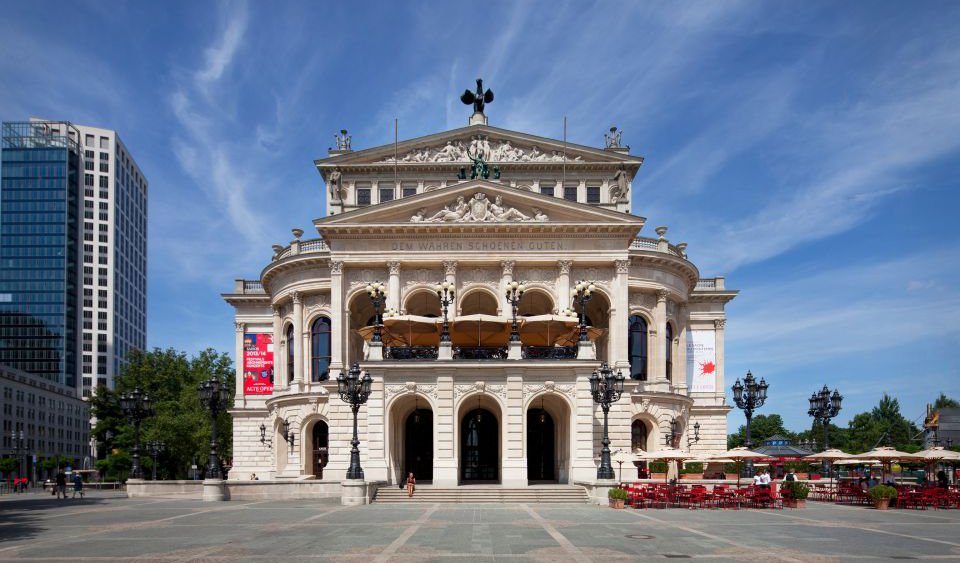
Program
Franz Lisztbio:
Hungarian Rhapsody No. 2 in C-sharp minor, S. 244/2
Piano Concerto No. 2 in A major, S. 125
Faust Symphony, S. 108
Featuring
Other information
The event is about 2.5 hours long.
About the event
South Korean Seong-Jin Cho has signed an exclusive contract with Deutsche Grammophon, one of the world’s top record labels. This time, he will perform Franz Liszt’s piano concerto in A major alongside the BFO. The concert will feature an all-Liszt line-up. Thanks to the sizeable orchestra the composer tended to use in his works, no member of the orchestra will be on the bench. The orchestral version of the most famous Hungarian rhapsody turned out to be as bombastic as the piano concerto with four, increasingly richly orchestrated versions. And though the concert ends with the first version of the Faust Symphony that features no choir, there will be plenty of fortissimos to go around.
In the mid-nineteen hundreds, the demand for national music started cropping up throughout the world. After painstakingly collecting melodies he believed to represent Hungarian folk music (mostly art songs as performed by Gypsy musicians) Liszt composed altogether 19 “Hungarian rhapsodies,” his most popular set to date. He arranged six of the solo piano pieces for orchestra. Like the rest of the set, the C-minor rhapsody (originally dedicated to Count László Teleki) follows the csárdás structure―a serious and dramatic lassan is followed by an energetic friska exhibiting breathtaking “pianistics.”
In the late 1840s Liszt retired from performing on the piano, and settled in Weimar as court conductor. His focus as a composer shifted to hitherto neglected symphonic genres. At the premiere of his Piano Concerto in A major in 1857, he only appeared as conductor, while the solo part was played by one of his students. Though the piece gives the impression of a single movement, it can be divided into several sections. The character of the sections is determined by a single, lyrical concept, bringing back the same theme with a different style and tempo each time―finally, in the finale, as a fanfare of brasses.
One of Liszt’s inventions, usually called “thematic transformation,” was perfected to the highest degree in his Faust Symphony. Though the three-movement work was inspired by Goethe's drama Faust, instead of simply setting the story to music, Liszt creates musical portraits of the three protagonists. The first to appear is Faust, with a theme pointing forward to the 20th century and containing all notes of the chromatic scale as a symbol of desire for omniscience. The same theme returns in the last movement as Mephistopheles—distorted, twisted, even mocked. However, the devil’s machinations are no match for Gretchen’s glorious innocence―the melodies of the suggestive second movement are uncorrupted by any such transformations.
